In my post about tessellations, I wrote briefly about the process of looking for information in foreign languages when you don't speak or read those languages. I do this often, as for instance in my recent post about Japanese noshi motifs in kimono, or my past research on French needlelace. But I've never documented the course of these internet perambulations before! I usually present my findings as an essay, not a log; this time I shall present the information in the order of discovery, and explain how I found it. As you read this, imagine you are looking over my shoulder while I look up the cracked ice pattern. Switching to present tense... I BEGIN IN A GARDEN It's fitting that this learning journey starts in a scholar's garden, specifically the Lan Su Chinese Garden in Portland, Oregon. I visit on November 15th, 2022, and take this picture of one of its pebble mosaic walkways: The tour guide calls the pattern "Crackling ice", and mentions that it is a common Chinese design, expressing a transitory moment: winter and spring, ice and thaw, solid and liquid, all at once. This particular walkway also has blossoms scattered on it, further juxtaposing youth against age. I find it lovely, and once home I search online for "crackling ice", but have better luck with "cracked ice". A WOODWORKER'S INTRIGUE My first hit for "Cracked Ice Chinese" is "Cracked Ice: East to West", a post on Wilbur Pan's giant Cypress blog. Like me, he finds the pattern cool, but he has some real questions about how to lay it out: . . . I’ve been thinking about how I would lay out a pattern like this for at least 5 years now, and I still have no idea how to do it. It’s easy to lay out a random pattern of triangles and polygons. It’s much harder to do that in a way that looks good, and in the case of woodworking, good enough so that you can look at it for a few decades and not find it annoying. I agree with them: that the pattern is ubiquitous over a long period of time and different art media, yet not repetitive, suggests that the makers are following a principle rather than copying a pattern. Up 'til now, I have just been trying to find any information I can about the cracked ice design; now, thanks to Pan, I have more focused research questions: (1) What are the design principles at play in this design? and (2) What distinguishes a successful cracked ice pattern from an unsuccessful one? Below are two very different takes on the design, each with its charm. The Chinese saddle rug from the 1700's has cracked ice which seems a little more right-angled than the window examples I've seen. The Japanese ceramic from the 1800's is painted, and has larger ice pieces artistically interspersed with smaller ones. I think it might be easier to replicate than the other examples I've seen... I might start with a large, irregular brickwork kind of pattern, and then chip away at the edges with smaller lines. MUD PUDDLES Tupper Wallace, commenting on Wilbur Pan's post, has this to say: "In nature, a shrinking surface cracks sequentially with each crack forming in a direction perpendicular to the greatest stress across each subdivision. . . This might suggest how to lay out a natural appearing pattern." He references drying mud puddles as an example, so I follow that track, next. Mud puddles and ice are not the same, but they both crack as the material in them shrinks. I find a paper on ResearchGate with the scintillating title "Evolution of Mud-Crack Patterns during Repeated Drying Cycles". Imagine you have a puddle in your yard, and it dries out and cracks in the midday sun, but there's enough groundwater and ambient moisture to wet it again every night. According to this paper, the first time it cracks, the cracks will form T-shaped intersections. Then, with each subsequent wetting-and-drying, the cracks will re-form in the same spots, but the intersections will get softer, eventually becoming Y-shaped. The areas between the cracks will go from being rectangular to hexagonal. This is fascinating: just by looking at the angles of the cracks, you can tell if the surface has dried just once, or repeatedly! Wondering whether this relates to ice as well as mud, I look anew at the first picture in this post, the ice in Norway. I figure that the solid mass near the top has only thawed a little, but the smaller, broken pieces at the edge of the water probably thaw more every day, then re-freeze a little at night. This is a cycle of thawing and freezing, not drying and wetting, but since the material shrinks and expands either way, I expect to see similarities. And maybe I do... a little. The very top right corner of the picture, the mostly solid ice, has rectilinear shapes and T-intersections, while the stuff near the water has Y-intersections. But it also has acute angles, and the pieces are not regularly hexagonal. Moreover, the ice in the picture is subject to stresses like the wind and waves physically moving it and abrasion against other pieces of ice.
In either ice picture, we have factors at play besides thawing and shrinking, so they're not good comparisons to the mud example. They are, however, good comparisons to the Chinese design! Because the Chinese cracked ice design doesn't have rectilinear or hexagonal shapes; it has triangles and polygons, with a mix of acute, obtuse, and sometimes right angles. So perhaps the mud article sheds only a dim light on this question. Maybe the materials science researchers who looked at the mud could direct my inquiries in a more fruitful direction? I send an email to Bill Clegg, one of the paper's authors (the one who uploaded the paper to ResearchGate). In my email I briefly introduce myself and the puzzle I'm trying to solve, before politely requesting any pointers he can give. FOUND AT MACY'S
Mind you, I'm not dissing it just because I can dissect it! I think it's pretty! But I wonder if cracked ice was the inspiration, or whether it's meant to suggest dried branches against a trellis or something. As to my second research question, "what distinguishes a successful cracked ice pattern from an unsuccessful one?", I'd call this an unsuccessful one because of the clear grids. If I am trying to replicate a true Chinese cracked ice, I don't want to see straight lines across the whole piece, nor repeating elements. A MUSICAL INTERLUDE With renewed interest, I find myself back at Wilbur Pan's giant Cypress blog. He mentions that he has written an article on Chinese furniture, due to be published soon in Popular Woodworking. Since his post is from July 2017 and it's now November 2022, I search for "Popular Woodworking Wilbur Pan" and find it right away! "An Overview of Chinese Furniture", by Wilbur Pan, posted to their website September 30, 2021. Alas, I can only read the first paragraph before the shy little article scurries off behind a registration wall. I am not interested in being a member of Popular Woodworking, so I dig around similar search terms to see if I can get the content free/easily.
I return to the internet to hunt for more information about the pattern, but this time I know I have to venture into Chinese waters... even though I don't the Chinese words to search for!
But that's a story for Part 2... this post is already quite long!
1 Comment
The Sister
12/27/2022 12:36:39 pm
So a few thoughts:
Reply
Leave a Reply. |
Karen Roy
Quilting, dressmaking, and history plied with the needle... Sites I EnjoyThe Quilt Index Categories
All
Archives
March 2024
|

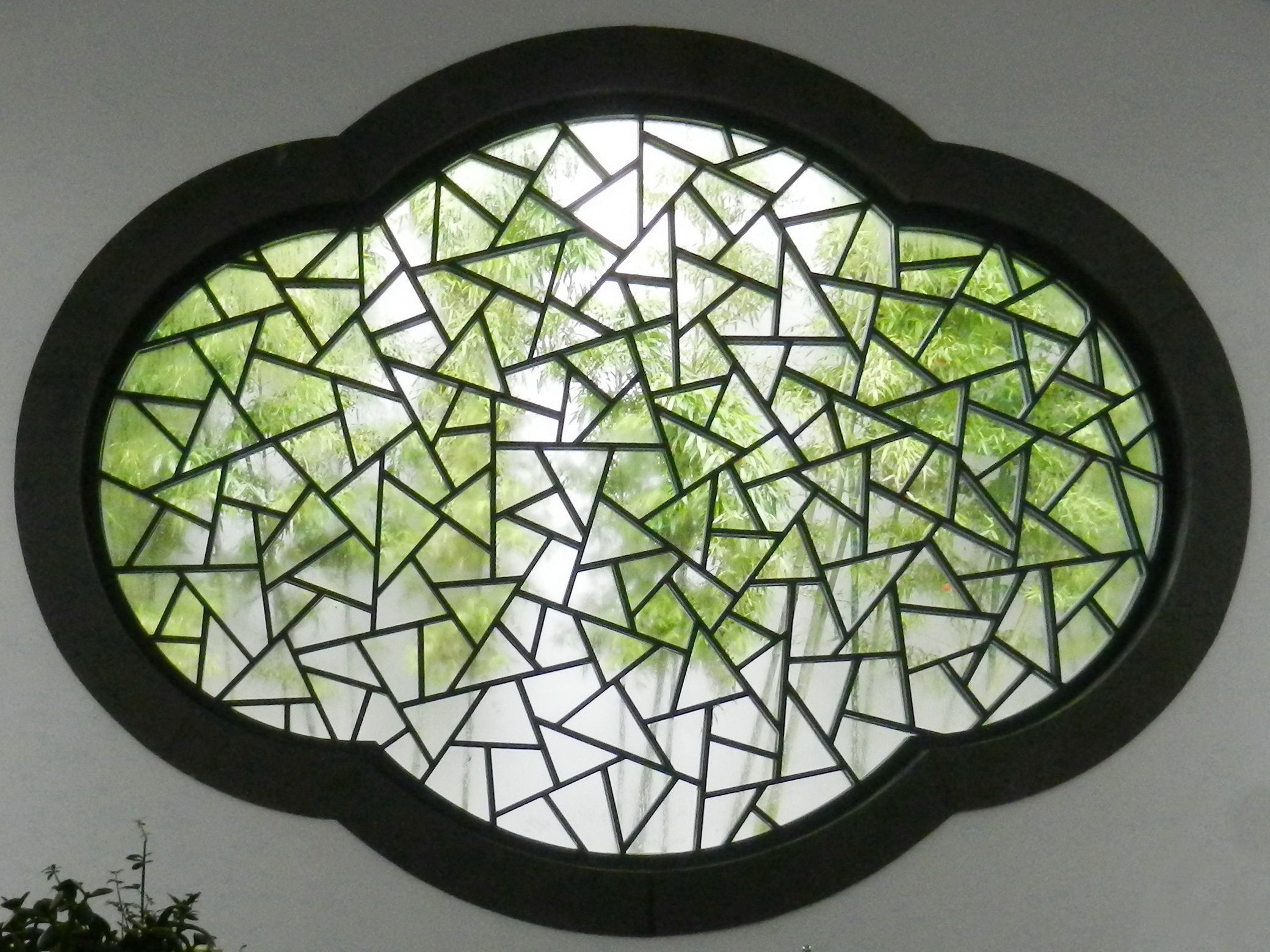

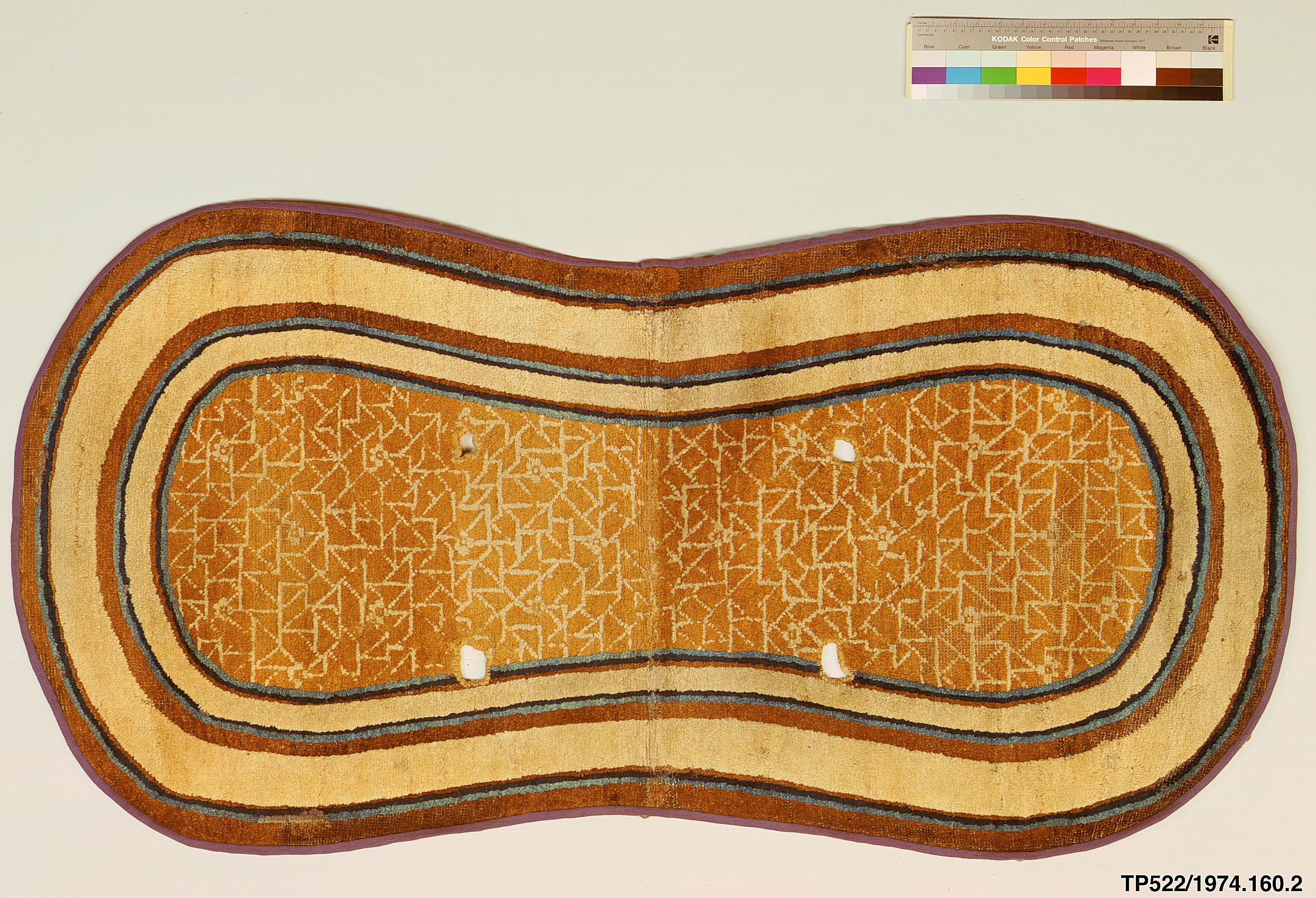
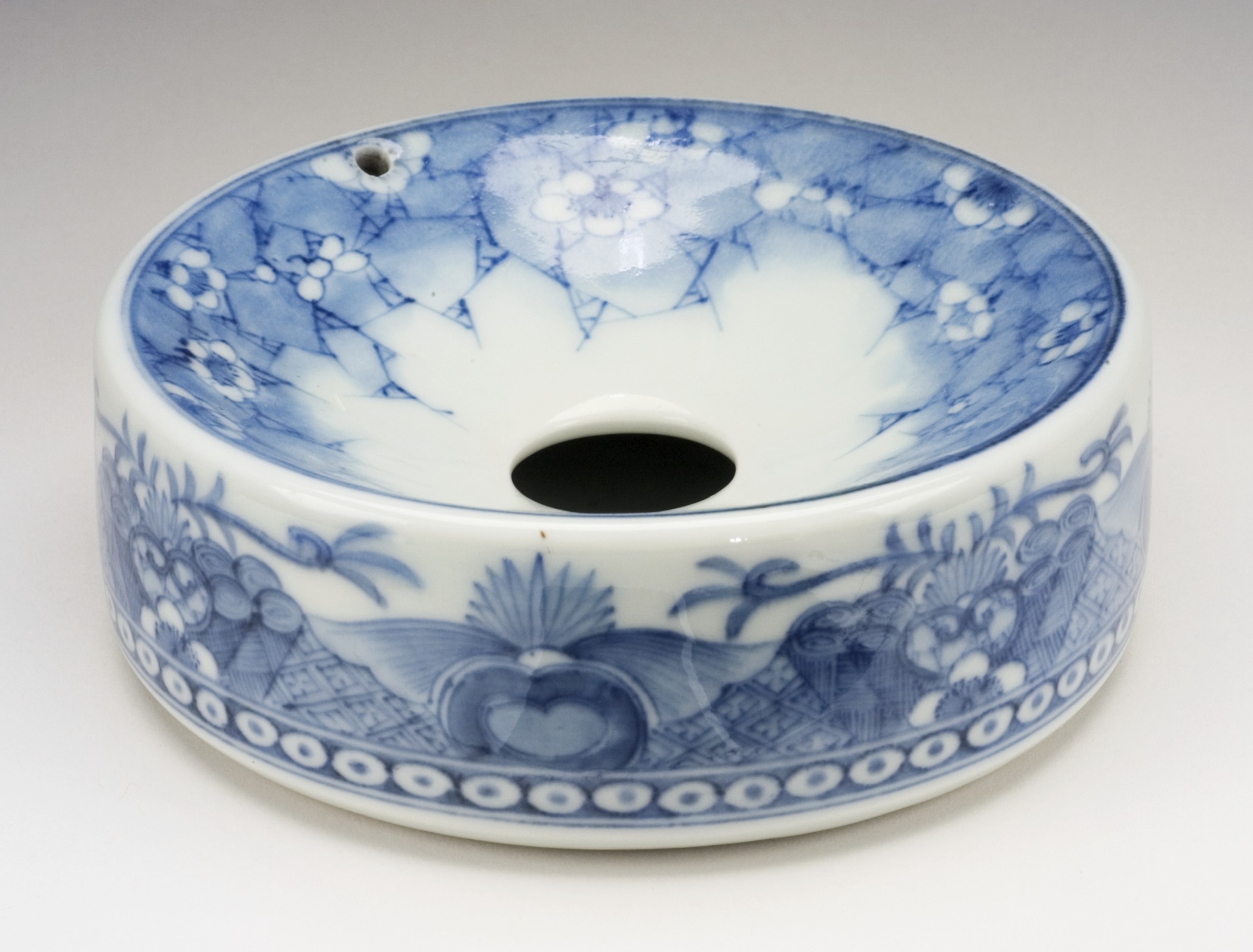
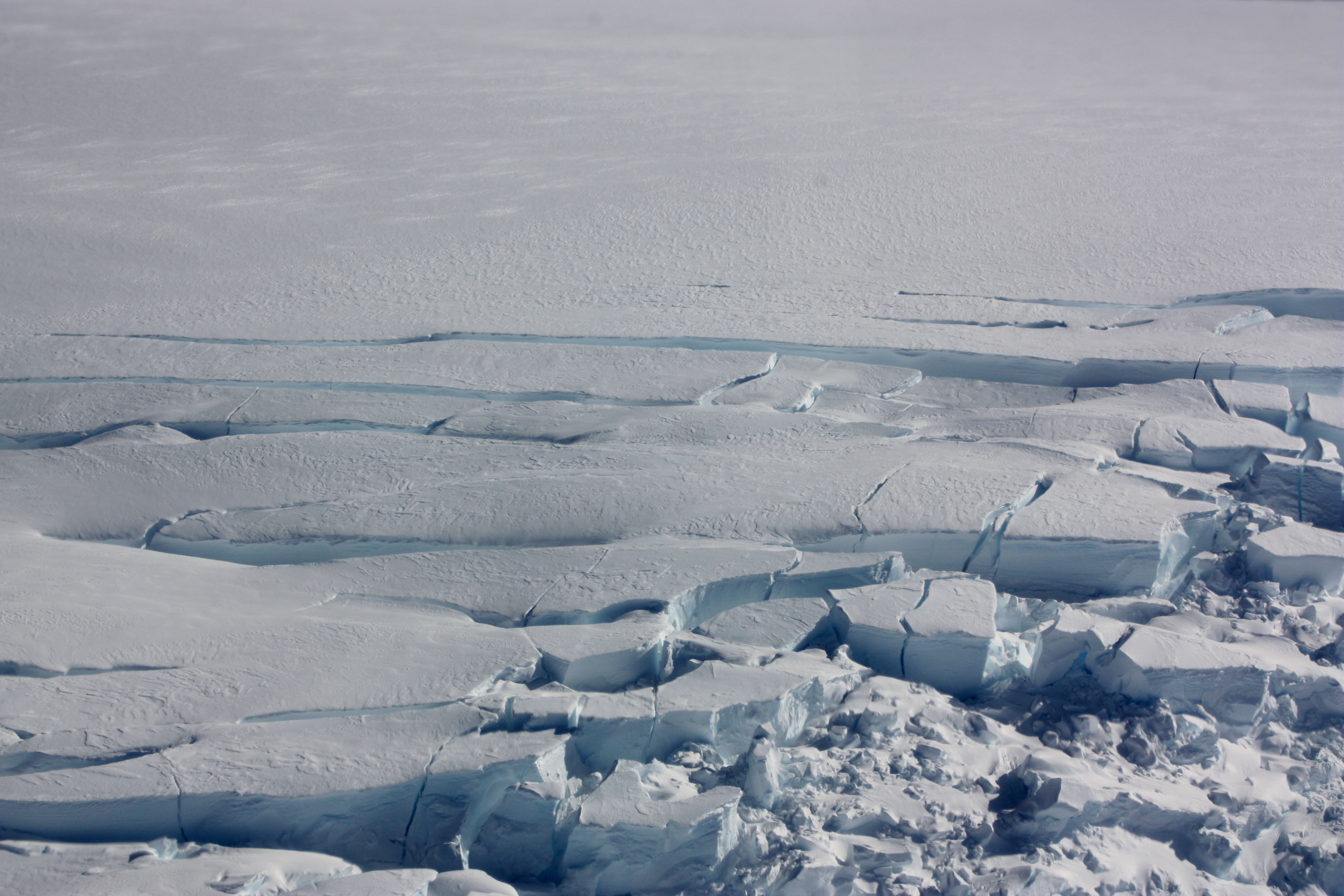

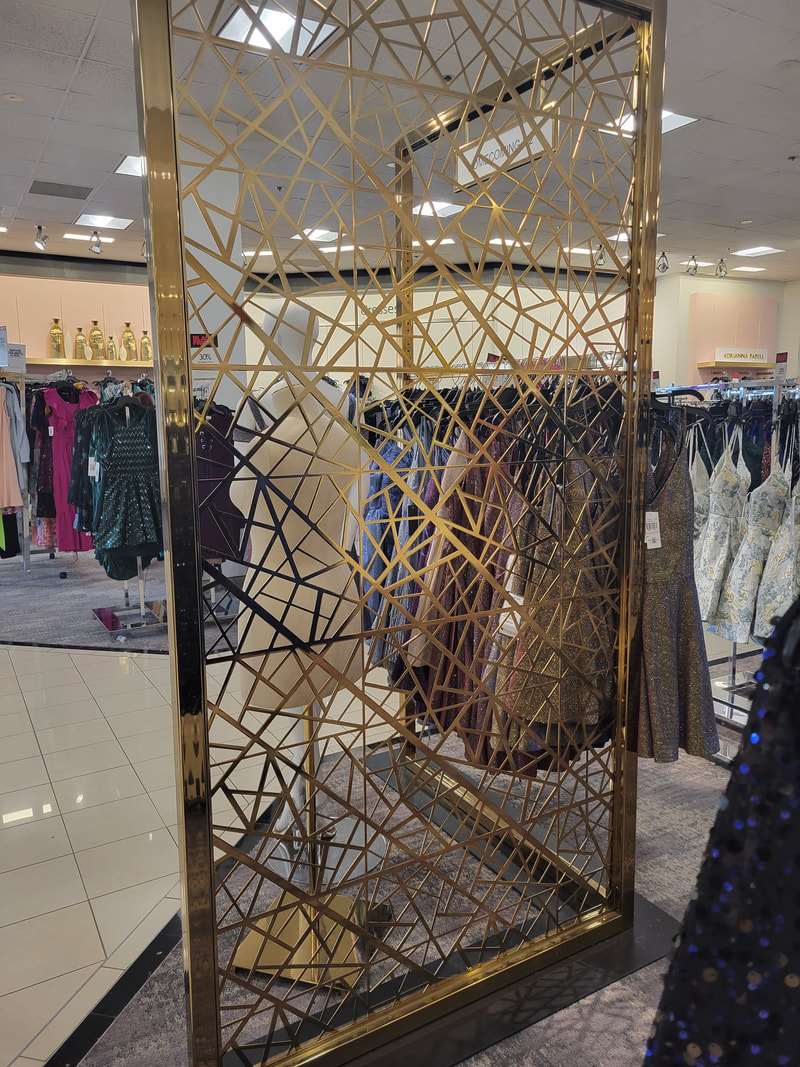

 RSS Feed
RSS Feed